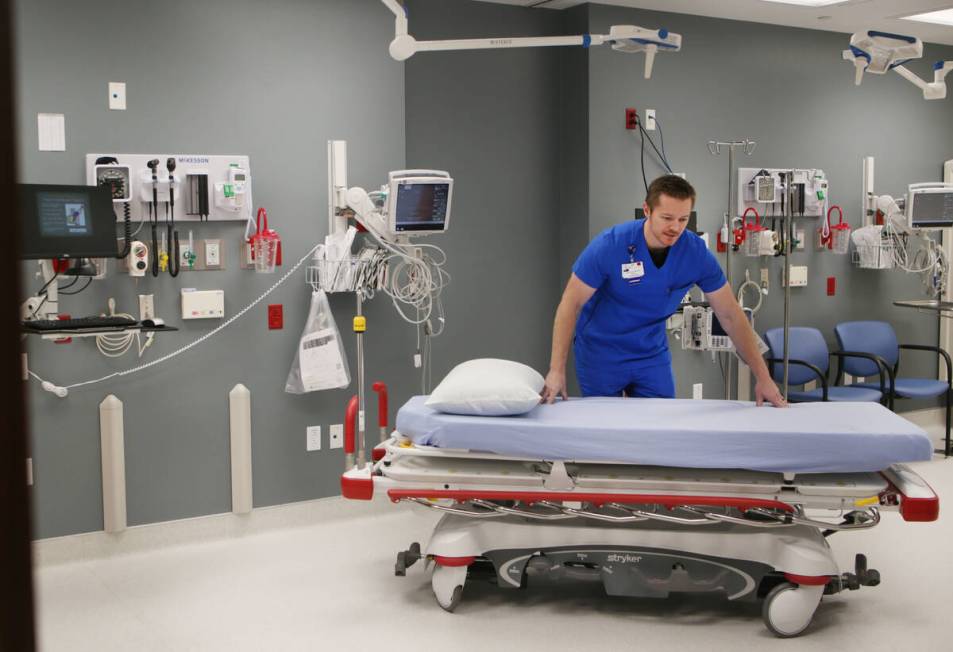VICTOR JOECKS: Emergency exposes folly of DEI in medicine

If you want to know why prioritizing DEI in medical schools is a bad idea, consider your priorities in a medical emergency.
Last week, my youngest son came howling and holding his left arm. My wife thought it was broken. When he turned it, his forearm flopped and rolled like it was made of rubber. Not great.
My wife used a spatula to stabilize his arm and wrap it up. Off we went to the urgent care. His arm was indeed broken, but they didn’t feel comfortable setting it. My wife took him to a pediatric ER. They set it but wanted an orthopedic doctor to check it before putting on a cast. The next day the orthopedic doctor saw him. He now has a big blue cast and a summer filled with regret that he jumped off the fort his brothers made in the living room.
Throughout the whole ordeal, our only priority was finding someone who could help our son. You know what we didn’t care about? The skin color or sex of the doctors or nurses.
That sounds basic. A decade ago, it would have been so obvious that it wouldn’t have been worth mentioning. All that mattered was a doctor’s knowledge and skill.
That’s why medical schools should be looking for the best and brightest. Medicine is hard, and the stakes are high. Unfortunately, the medical training field is awash with schools and groups prioritizing how doctors look, not their ability to heal. Consider the Association of American Medical Colleges. It’s a major player in medical education. It runs the MCAT exam, which helps determine which applicants will make it into medical school. Along with the American Medical Association, it sponsors the Liaison Committee on Medical Education, which provides “accreditation of medical education programs.”
AAMC has fully embraced leftist dogma. It “works to advance diversity, equity and inclusion (DEI) principles across the continuum of medical education,” it says on its website.
That includes advising medical schools on how to get around the 2023 Supreme Court decision that banned racial preferences in higher education admissions. One recommendation is a “holistic review in admissions.” That “allows admissions committees to consider the whole applicant, rather than disproportionately focusing on any one factor.”
Translated: Don’t put too much focus on test scores. Look at an applicant’s skin color.
One medical school that has been doing this is at UCLA. As the Washington Free Beacon reported last month, the school has been prioritizing race over merit in recent years. The result? In some cohorts, “more than 50 percent of students failed standardized tests on emergency medicine, family medicine, internal medicine and pediatrics,” the WFB reported. The national failure rate is 5 percent.
DEI turned a once-elite medical school into a failure factory. The implications are terrifying.
My son received care from a top-notch doctor. If DEI continues to fester in medical schools, doctors with that level of skill will become harder and harder to find.
Victor Joecks’ column appears in the Opinion section each Sunday, Wednesday and Friday. Contact him at vjoecks@reviewjournal.com or 702-383-4698. Follow @victorjoecks on X.